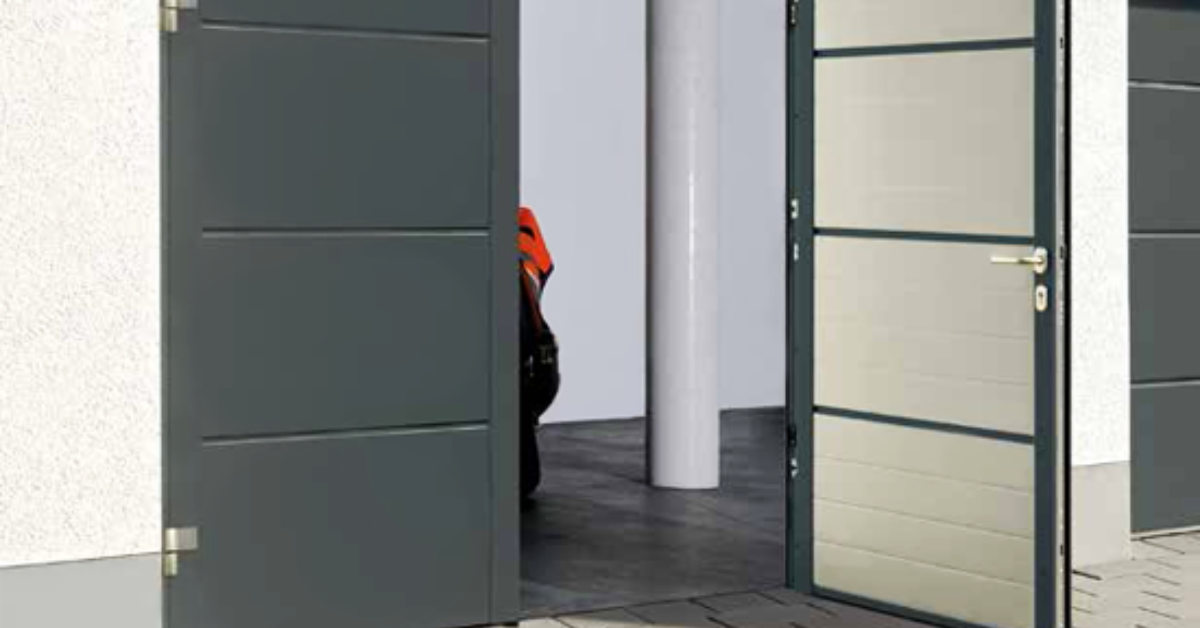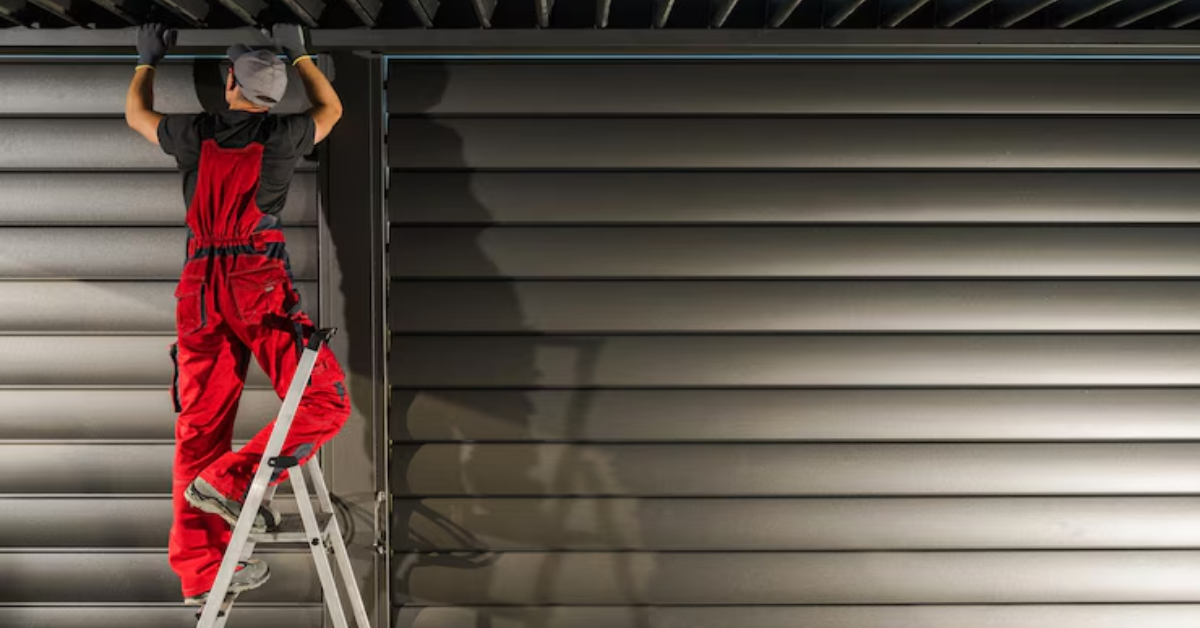How To Insulate Garage Door Sides?
Insulating the sides of your garage door is crucial for enhancing your home's energy efficiency, reducing noise, and maintaining a comfortable temperature in your garage. Without proper insulation, your garage can become a major source of energy loss, leading to higher utility bills. Noise from outside can also penetrate your garage, making it a less enjoyable space. Insulation helps create a barrier against unwanted sounds and temperature fluctuations, providing a more consistent environment.
Proper insulation protects your belongings from extreme weather conditions, ensuring that items stored in your garage remain in good condition. In this detailed guide, we will provide step-by-step instructions on how to effectively insulate the sides of your garage door, ensuring optimal performance and longevity.
Why Insulate Your Garage Door Sides?
Insulating the sides of your garage door offers several benefits:
- Energy Efficiency: Reduces heat loss in the winter and keeps the garage cooler in the summer, leading to lower energy bills.
- Comfort: Maintains a more consistent temperature, making the garage a more usable space.
- Noise Reduction: Minimizes noise from outside and dampens sound within the garage.
- Protection: Shields your stored items from extreme temperatures and humidity.
Types of Insulation Materials
Choosing the right insulation material is crucial for effective garage door insulation. Here are some commonly used materials:
Fiberglass Insulation
- Pros: Excellent thermal performance, easy to install.
- Cons: Can cause skin irritation, requires protective clothing during installation.
Foam Board Insulation
- Pros: High R-value per inch, moisture-resistant.
- Cons: Requires cutting to fit, may need adhesive for installation.
Reflective Insulation
- Pros: Reflects radiant heat, lightweight.
- Cons: Less effective in extremely cold climates, needs to be combined with other insulation types.
Spray Foam Insulation
- Pros: Expands to fill gaps, excellent air barrier.
- Cons: Expensive, requires professional installation.
Tools and Materials Needed
Before starting the insulation process, gather the necessary tools and materials:
- Insulation Material: Based on your preference and climate.
- Utility Knife: For cutting insulation to size.
- Tape Measure: To measure the dimensions of the garage door sides.
- Adhesive or Insulation Tape: To secure the insulation in place.
- Safety Gear: Gloves, safety glasses, and a dust mask for protection.
- Weatherstripping: To seal gaps and improve insulation.
Step-by-Step Guide to Insulate Garage Door Sides
1. Measure the Garage Door Sides: Use a tape measure to determine the height and width of the sides of your garage door. Accurate measurements are crucial for cutting the insulation material to the correct size.
2. Cut the Insulation: Using a utility knife, cut the insulation material according to the measurements. Ensure that the cuts are precise to provide a snug fit against the door sides.
3. Prepare the Surface: Clean the sides of the garage door to remove any dust, dirt, or debris. A clean surface ensures better adhesion of the insulation material.
4. Install the Insulation: Apply adhesive or insulation tape to the back of the insulation material. Press the insulation firmly against the sides of the garage door, ensuring there are no gaps or spaces. For foam board insulation, you may need to use construction adhesive for a secure fit.
5. Seal the Edges: Use weatherstripping to seal the edges of the insulation. This helps to further prevent air leaks and enhances the overall insulation effectiveness.
6. Inspect and Adjust: After installation, inspect the insulation to ensure it is securely in place and covers the entire surface. Make any necessary adjustments to ensure optimal coverage.
Additional Tips for Effective Insulation
- For maximum efficiency, consider insulating the entire garage door, not just the sides. This includes the panels and the bottom seal.
- Check the insulation periodically for signs of wear or damage. Replace any worn-out insulation to maintain its effectiveness.
- Enhance your garage's insulation by combining side insulation with other methods, such as insulating the walls and ceiling of the garage.
Common Mistakes to Avoid
- Accurate measurements are essential for a snug fit. Double-check your measurements before cutting the insulation material.
- Ensure the garage door sides are clean before installation. Adhesive may not stick properly to dirty or greasy surfaces.
- Always wear protective gear, especially when working with fiberglass insulation, to prevent skin irritation and respiratory issues.
Conclusion
Insulating the sides of your garage door is a simple yet effective way to improve energy efficiency, reduce noise, and protect your belongings. By following the steps outlined in this guide, you can ensure a professional-quality insulation job that provides lasting benefits. Remember to choose the right insulation material for your climate and needs, and always prioritize safety during installation.




